Variety is the spice of life – and it is a “wow” in the landscape.
Planting for diversity in public and private areas is an economical and ecological practice. It is cost effective, benefits plant health and the environment, and is aesthetically pleasing. At Loma Vista Nursery, we are growing a number of cultivars that bring variety and health to a diversely planted landscape.
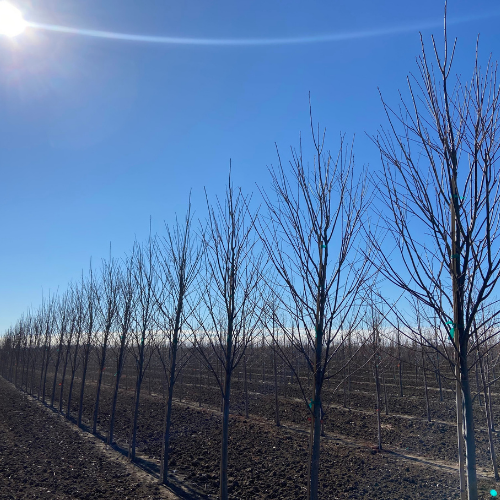 Princeton Elm – Elm Princeton (Ulmus americana) – Loma Vista Nursery photo
Princeton Elm – Elm Princeton (Ulmus americana) – Loma Vista Nursery photo
Overly Planted Landscapes
We have all seen it at one time or another: an overplanted landscape where one species repeats itself in soldier-like succession. A monoculture like this can be visually dull. It also creates a disastrous opportunity for pests and diseases to become horticulture pandemics that wipe out generations of plants.
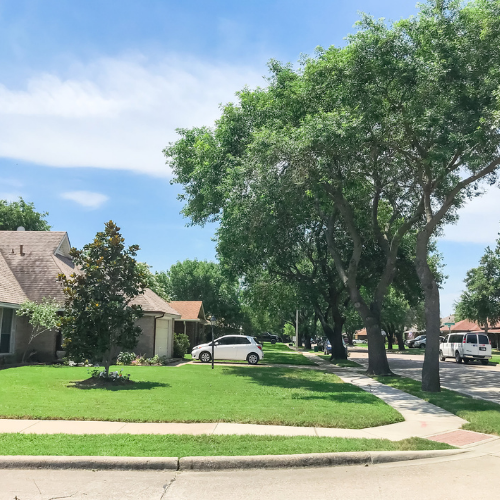 Monoculture in Americana. – Stock photo
Monoculture in Americana. – Stock photo
Perhaps among the best examples of how monocultures can ruin landscapes came in the form of an invasive fungal pathogen. It led to the decades-long death of the beloved American elm. Another example is the more recent ash tree devastation by a jewel beetle that is definitely not pretty.
The Popular American Elm
For its large size and natural form, the shade-producing American elm rose in popularity during the 19th century. Americans were bedazzled by its beauty and sculpture-like branches. As neighborhoods, towns and cities grew so did the tree’s popularity. By the 20th century, the American elm was the No. 1 tree planted along city streets and sidewalks.
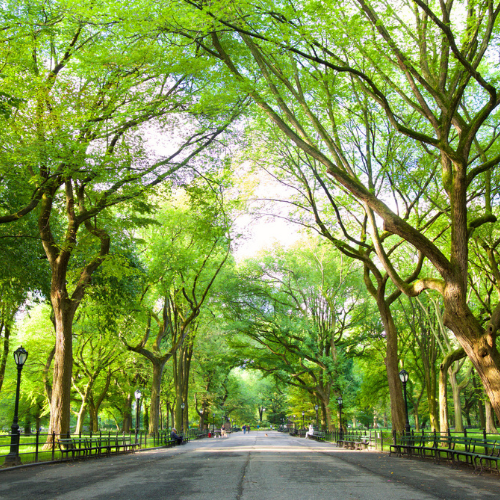 American elm (Ulmus americana) – Stock photo
American elm (Ulmus americana) – Stock photo
The pathogen that originated in Asia and made its way to the U.S. started to spread. Caused by the invasive fungal pathogen Ophiostoma novo-ulmi, Dutch elm disease is carried by ravenous elm bark beetles. Tree leaves turn yellow and wilt. Brown streaks appear under the bark. Ultimately, the tree dies.
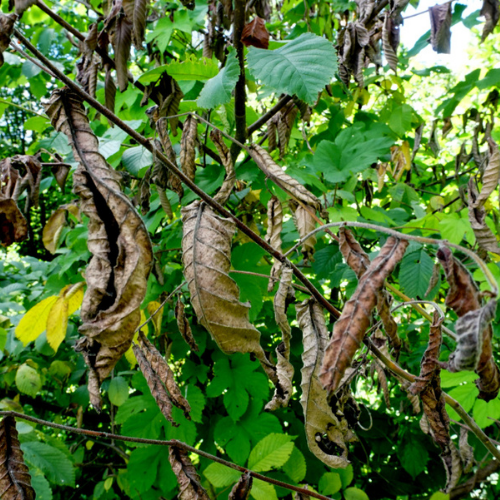
Damage from Dutch elm disease. – Stock photo
During the late 1930s and early 1940s, a federal eradication campaign reduced the numbers of infected elms. But the disease persisted in ravaging the U.S. American elm population anyway.
The Beautify American Ash
Another tree favored by municipalities was the American ash. Growing up to 60 feet tall, ash trees were drought tolerant, performed well in U.S. Hardiness Zones 3 through 8 and thrived in direct sunlight.
Their thick form and compound leaves provided serene and sheltered nesting places for birds. A hardwood tree, ash tree roots were strong soil stabilizers, especially when planted adjacent to rivers and streams.
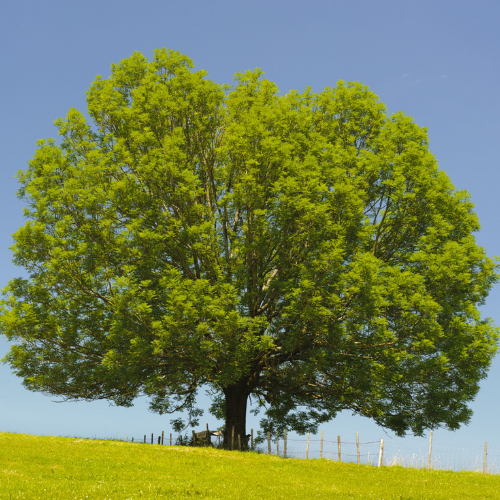
American ash (Fraxinus americana) – Stock photo
Enter emerald ash borer in 2002. While it is believed the beetle hitched a ride by ship or plane to America from Asia, it was discovered that year in Southeastern Michigan. It moved into 35 states by 2018.
Deadly Emerald Ash Borer
Treatment is a hefty price tag. Ash trees either undergo expensive treatment protocols, which isn’t ideal ecologically, or must be removed and replanted with a different genus of tree.
Named for its metallic green coloring and coppery-red abdomen, adult beetles are between one-quarter and one-half inch long. Emerald ash borers can fly up to one-half mile from their host ash tree.
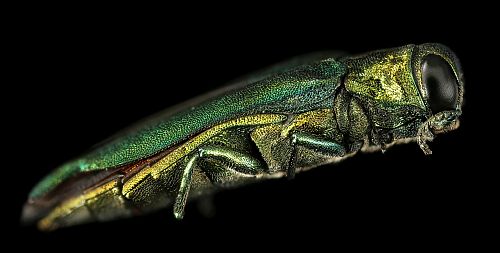 Emerald ash borer – Stock photo
Emerald ash borer – Stock photo
They literally eat the tree from the inside out. Larvae feed on the inner bark, which means the tree is unable to effectively absorb water and soil nutrients. Adult beetles attack from the outside by feasting on leaves.
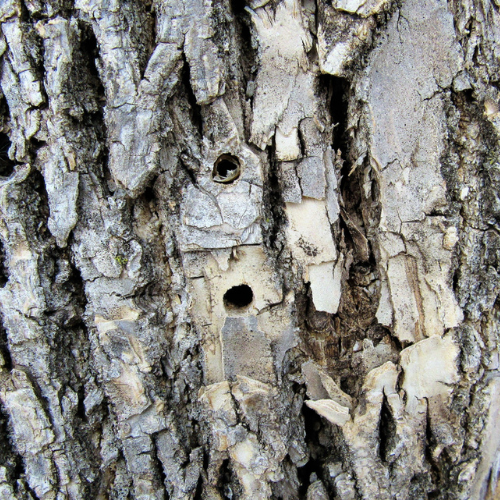
Emerald ash borer drill holes. – Stock photo
Having a diverse plant population is not going to stop disease spread or eliminate pest risk, but it will lessen the impacts of them on our landscapes. New treatments for emerald ash borer and Dutch elm disease show promise. New elm cultivars indicate strong disease resistance.
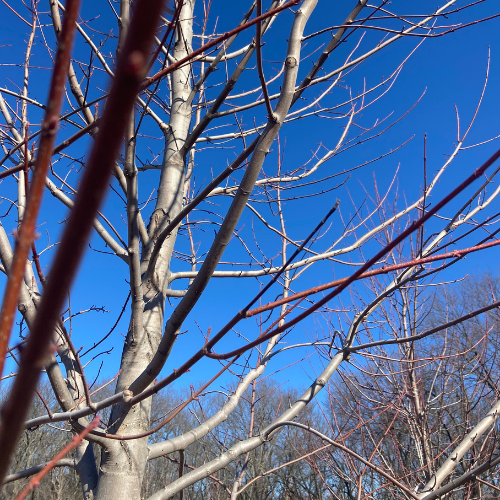 Autumn Blaze® Freeman maple (Acer x freemanii ‘ Jeffersred’) – Loma Vista Nursery photo
Autumn Blaze® Freeman maple (Acer x freemanii ‘ Jeffersred’) – Loma Vista Nursery photo
Alternatives Provide Variety
Loma Vista Nursery suggests Autumn Blaze® maple is a great alternative to American ash. Fast-growing with an upright form, this maple grows up to 55 feet tall and has a medium-green, oval crown. Fall foliage is vivid orange to bright scarlet. Autumn Blaze has no serious insect or disease problems.
So that gets us back to variety. By creating a diversified landscape from the beginning, the impact of pests and diseases can be lessened. And with so many cultivars and species of plants now to choose from, why miss out on the opportunity to create landscape designs and projects that blend a diverse palette of heights, shapes, colors and textures?
Learn More About Plants from Loma Vista Nursery!
Loma Vista Nursery’s staff members are experts in the field. We love helping people learn and understand more about healthy plants that perform well in Midwest landscapes. Feel free to email us at sales@lomavistanursery.com or call us at (785) 229-7200 to get help with your plant-related questions.
Connect with us!
Stay up-to-date on our plant recommendations, growing tips, and more by following us on social media.
